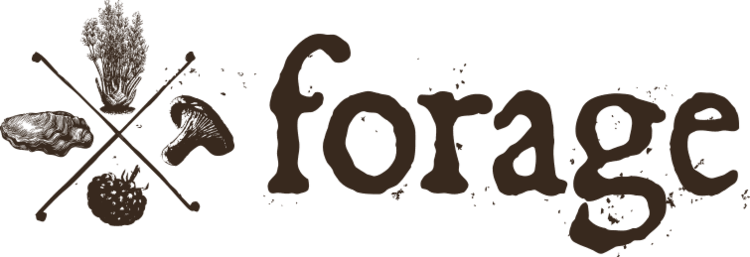My adventures with Beekeeping 101
Took a beekeeping class yesterday with The Institute For Urban Homesteading. We want to get bees for the roof at Forage Kitchen, and although I hadn’t planned on taking care of them myself, I wanted to learn a little something about how they work.
Really interesting class! Learned a ton (which was easy considering I knew nothing). I was really struck by a few things. One is just the insane organization of the honey bee colony. At the risk of getting a bit airy, it really does seem magical the way they work. The second they’re born they know everything they need to do (the female worker bees first task is to turn around and clean her own hatching cell, HOW DOES SHE KNOW?!. Alternately the lazy male bees first task is to get fed…).
One bee on its own, while not stupid, doesn’t know how the whole functions functions, but they are born knowing exactly what their purpose is, really fascinating. A queen bee doesn’t rule, but is just a larger bee fed differently. To make a queen the larvae is simply fed royal jelly for its entire incubation period, and put in a larger cell to grow. That’s the only difference, and somehow by being fed differently it knows that the second it’s born its supposed to kill all competing queens, fly out to mate, then lay thousands of eggs for the rest of her life.
It really does bring to mind the idea of the colony as a superorganism; something I’ve become really interested in lately, and that we discussed in the class. A bee is more like a cell in the body than an individual. A white blood cell doesn’t have a brain, and is never taught what to do, it just does it. It is created with all the information it will ever need, and immediately goes to task. A thought doesn’t live in a neuron, but billions of neurons together create the experience of being human. The part creates the whole, without the need for individual agency. This is one of those things that if we didn’t see it happening in nature, we would say it was impossible. Amazing.
The other thing I was really struck by was how little tending bees can live with. This was an alternative hive class, so instead of the standard hive (when you think of a commercial beehive, you’re thinking of a standard hive), we looked at several alternatives. The one that I was most enamored with is the Top Bar Hive. At it’s most basic; it’s a box with a series of 1.25 inch removable slats on top, with a .5 inch vertical piece of wood in each slat. Rather than needing to give the bees a frame to build their combs, they naturally create them on each vertical slat. Some for brood (where the babies are born), which are brown, and some for honey storage.
I originally went to the class really just to have a better understanding of what we were getting into at Forage Kitchen, but now I want my own! If anyone has any tips on where to find some healthy bees send ‘em my way!
